| Introducing a one owner 1970 Mercury Cougar XR7. Purchased new at Van Nuys Motors Inc 11/22/1969. The matching numbers 351 2v Windsor is powerful and in excellent condition. Mated to a FMX select shift automatic that shifts firm and precise. A 3.00 conventional rear axle round out this power plant. Maintained fastidiously since new you can drive this cat with confidence cross country if needed. The paint is pristine in original Red (Ford#2008-A) with one respray in her lifetime. Well equipped and optioned with a white full vinyl roof, evaporative emission system, console, power front disc brakes, power steering, air conditioning, AM radio, styled steel wheels, and competition suspension. This stray cat was one of 394 with this paint/ trim codes. Fully documented since new this Cougar is definitely ready to show and cruise.
The Mercury Cougar is a nameplate applied to a diverse series of automobiles sold by Mercury from 1967 to 1997, and again from 1999 to 2002. While most examples were produced as two-door sedans, at various times throughout its production life, the Cougar was also sold as a convertible, four-door sedan, station wagon, and hatchback.
As was the common practice within the Mercury division, the Cougar shared its basic underpinnings with a Ford counterpart. At the time of its introduction, it was based upon the Ford Mustang. While briefly based upon the Ford Torino-based Mercury Montego two-door during the mid-1970s, the Cougar subsequently became the Mercury counterpart of the Ford Thunderbird for the rest of the 1970s into the late 1990s. After its initial discontinuation, the Cougar emerged as a sports coupe counterpart of the Ford Contour "world car"; as such, it was sold outside of North America as the Ford Cougar.
For many years, the Cougar was important to the image of the Mercury division; advertising often identified its dealers as being "at the sign of the cat".[1] Female models holding big cats on leashes were used as part of Cougar advertising in the early 1970s.[2] In production for 34 years, the Cougar is second only to the Grand Marquis in longevity.
The car was assembled at the Dearborn Assembly Plantone of six plants within the Ford Rouge Centerin Dearborn, Michigan, from 1967 to 1973, at the San Jose Assembly Plant in Milpitas, California from 1968 into early 1969, at the Lorain Assembly Plant in Lorain, Ohio, from 1974 to 1997, and at the Flat Rock, Michigan Assembly Plant from 1999 to 2002.
For 1970, the Cougar appearance was similar to the 1969 model, but changes were made. A new front end featured a pronounced center hood extension and electric shaver grille similar to the 1967 and 1968 Cougars. Federally mandated locking steering columns appeared inside, and high-backed bucket seats, similar to those included in the 1969 Eliminator package, became standard on all Cougars. Other changes included revised tail light bezels, new front bumper and front fender extensions, and larger, recessed side markers. The 300 hp (224 kW) 351 "Cleveland" V8 was now available for the first time, though both the Cleveland and Windsor engines were available as the base model two-barrel engine. The 390 FE engine was now dropped, and the Boss 302 and 428CJ continued. The Eliminator received with new striping, revised colors, and the four-barrel 351 Cleveland replacing the four-barrel 351 Windsor as the standard engine. The upgraded "Dcor" interior and styled steel wheels, standard '69 Eliminator equipment, were moved to the options list for the 1970 Eliminator. No Eliminator convertibles were factory produced in either 1969 or 1970. New options for the 1970 Cougar were interior upholstery and vinyl top in bold houndstooth check patterns.
-One Family Owned
-Lifetime Black Plate California Cougar
-Owners Manual
-Powertrain Warranty Card
-89,000 Actual Miles
-Original Purchase Order
-Factory Air Conditioning
-Marti Report *The Full Portfolio of Pictures are available on this link: classiccarsdotcom search 1970 Mercury Cougar
|



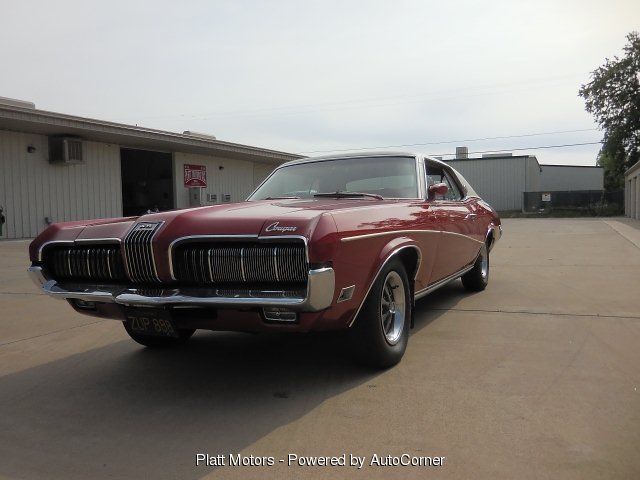
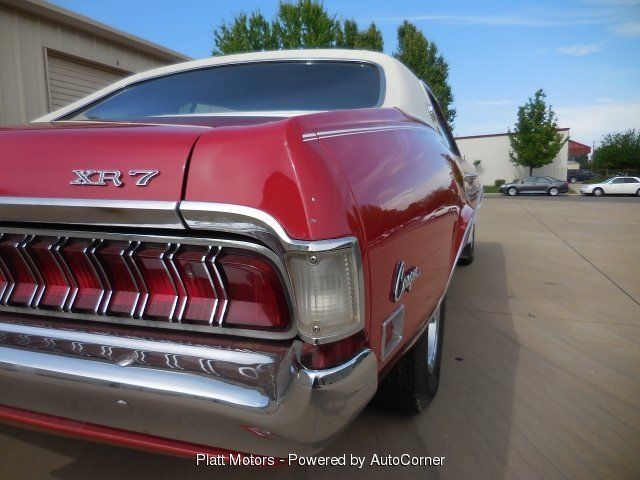
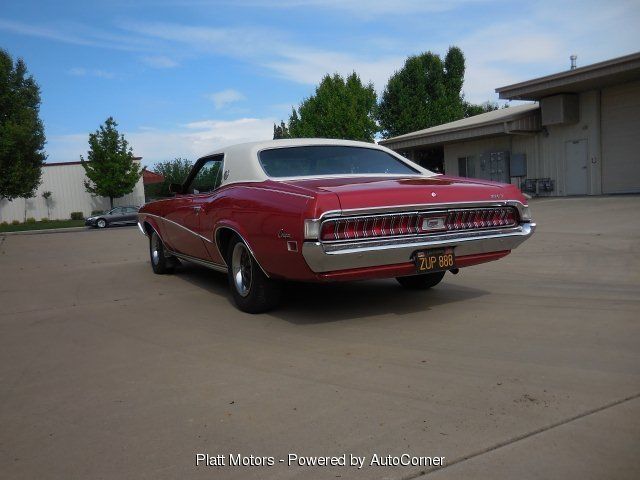







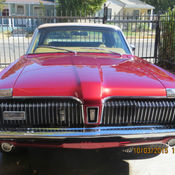 1968 MERCURY COUGAR XR-7 HARDTOP 351 JUST PAINTED RUST FREE CALIFORNIA CAR
1968 MERCURY COUGAR XR-7 HARDTOP 351 JUST PAINTED RUST FREE CALIFORNIA CAR
 1969 Mercury Cougar, 351 W-4 barrel, automatic, California-rust free
1969 Mercury Cougar, 351 W-4 barrel, automatic, California-rust free
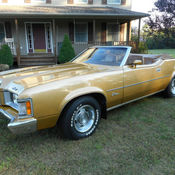 1973 Mercury Cougar XR-7 Conv original paint with 67,391 2 owners rust free car
1973 Mercury Cougar XR-7 Conv original paint with 67,391 2 owners rust free car
 1971 Mercury Cougar XR7 Convertible A/C Low Miles AACA 351 Solid Rust Free
1971 Mercury Cougar XR7 Convertible A/C Low Miles AACA 351 Solid Rust Free